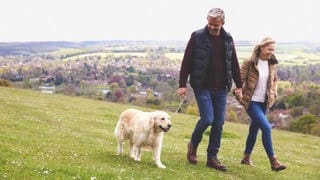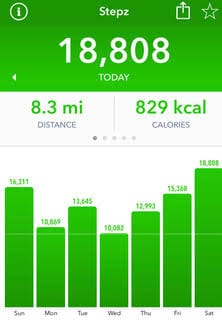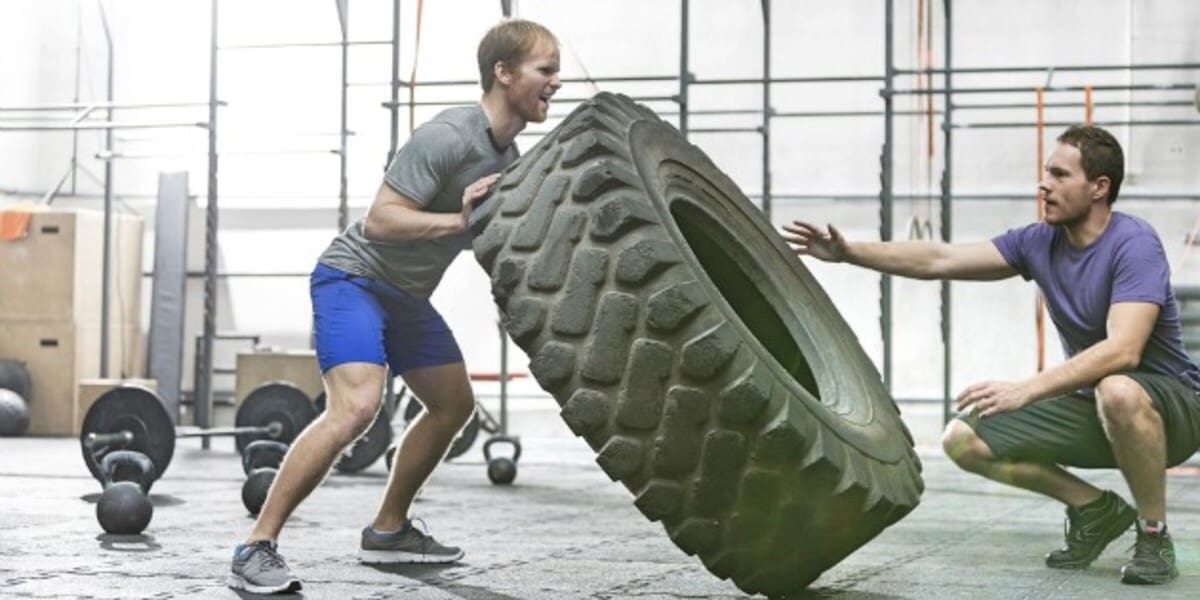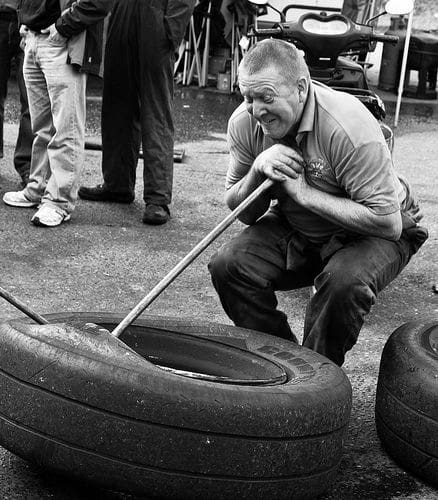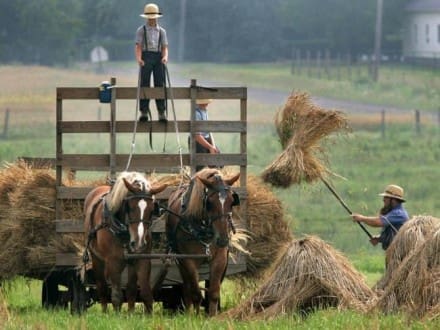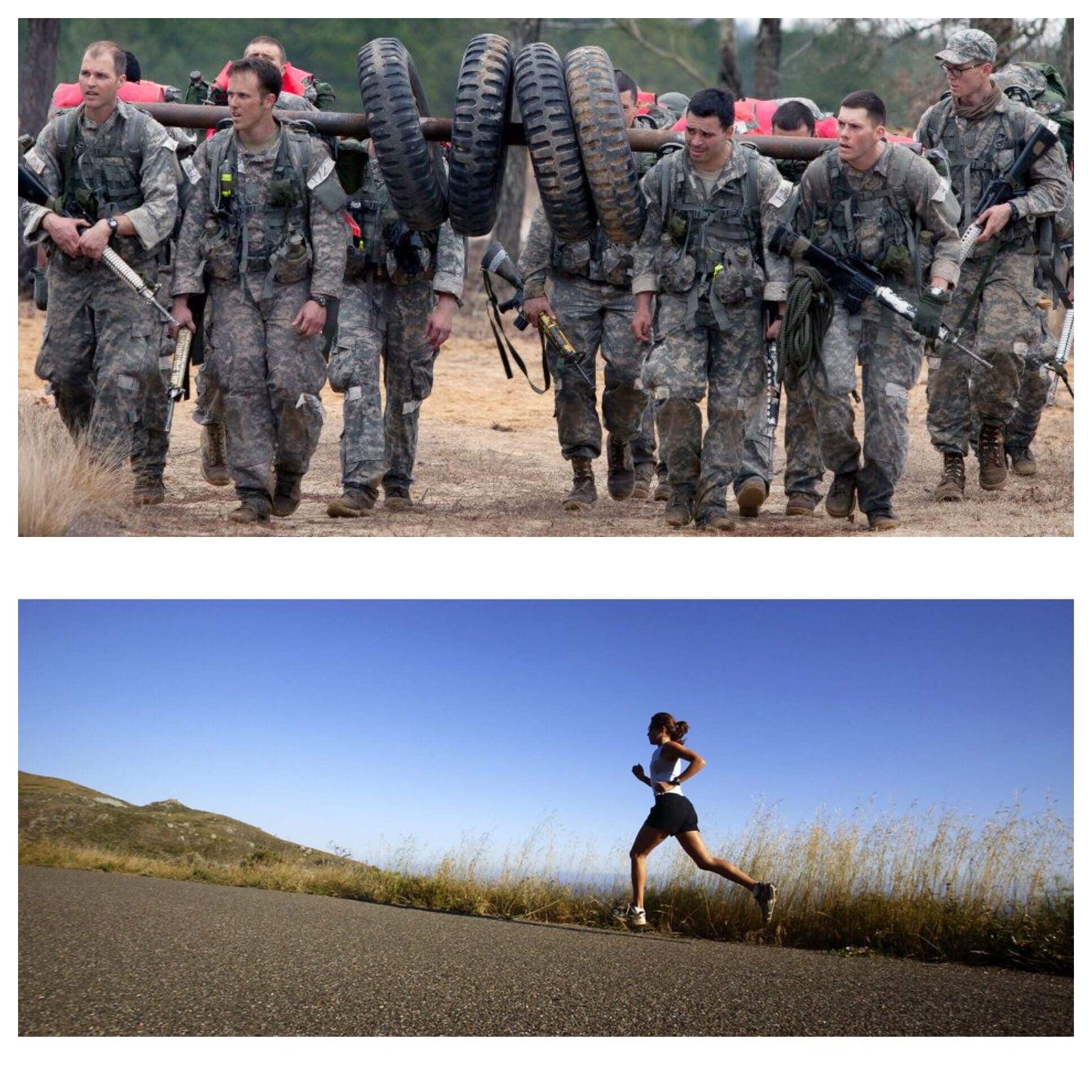Since my book Corps Strength came out, I couldn’t count how many people have related their experiences with fitness, diet and weight loss to me. They tell me about their latest efforts, ask for advice, bounce off ideas and share their success/non-success. I have always really liked to hear these stories, as I learned a long time ago to get my gouge (on any subject) from actual people, with real life experience. About 90% of what I wrote in my book was based on either my own personal experience, or from the first hand accounts of others. The other 10% is from what I’ve read. The point is I don’t buy into any hyped program stats, airbrushed advertising pictures or those amazing diet ads. I could fill another book with all that crap. One common thing I’ve heard from literally hundreds of people is that they just want to get in better shape and lose some weight. The vast majority don’t care about doing a SEAL workout, running a marathon, climbing mountains, having six pack abs, etc. Most people just want to look their best, be active, healthy and injury free. That may sound like a low bar for many people, myself included. But, sadly most of the people in this country aren’t clearing that low bar. Many millions in fact are obese, sick and from all that, have serve limits on their lifestyle.
Putting eating habits aside, many people nowadays, (especially age 40+) have health problems that prevent them from participating in a vigorous exercise program, or even an active lifestyle. When they do attempt a workout program, it almost never lasts. They just burnout and/or get injured and quit. I’ve seen this movie way too many times. Sad really, as I know that most go into these things with the best of hopes and intentions. So when I’m asked for advice from people in these circumstances, I always recommend just one simple thing in the area of exercise: Walking. Walking is by far the best low impact exercise out there, especially for people that are overweight. Many people say swimming is the best, but I don’t buy it. Yes, swimming burns calories and is no doubt low impact, but it’s logistically hard to do and most people don’t know how to swim well enough to get the benefit. Just splashing around is a waste of time. For the average person walking is a much better choice and you need no special skills, or training. Besides that walking can be done almost anywhere, anytime of year and in even in less than perfect weather.
Walking is also a no-brainer, that you can do while listening to music, news, sports, audio books, or just have some quality time inside your own head to think through stuff. Taking a friend or family is even better. I consider walking my dog with my wife as time very well spent. I think that this very simple habit has good benefits for everyone and not just those in poor condition, but even those who have a good PT program underway. Undefeated heavyweight boxing champion Rocky Marciano always took long walks as part of his training, not in place of running or gym work, but in addition too. I myself have always been a big walker, even as a kid I would walk everywhere. To my mothers dismay (and my sore butt after), neighbors and relatives would inform my mother of seeing me as a little kid many miles from home with my dog, going on some adventure, or another. Plus, for many people this may be the only time they can get outdoors during the work week as too many jobs are inside office work.
Walking burns calories, especially if you put a little ass into it. How much? Well, the standard for most walking programs is 10,000 steps a day. How far that is depends on your stride length, height etc. In any case, nowadays this is very easy to keep track of through an App on your smart phone. I use the Stepz app. On this one you can easily set up the step count for your height and weight. For me 10K steps is about 4.5 miles, which burns approx 450 calories. Now, that isn’t exact but close enough for government work. If 10K is too much to start, shoot for 5K, or just 2K. The point is to start somewhere and stick to it. Burning just an extra 200-400 calories a day by walking can make a big difference in losing and keeping excess weight off. It also provides a base of fitness that you can (if you want too) slowly start adding some jogging to: Like jog a 100 yards, walk a hundred, etc. From there you can go where ever you like, Then maybe add some weight lifting, biking and hiking and you now have a complete PT program. The point is you start at place that allows you to work up from without injury, or burnout and get some benefit along the way. At my work, a few of us have a little weekly walking competition. Every week we post our weekly total, to motivate each other to hit our step numbers. Many times that thought is enough to get me and the others out walking, when we would rather hit the couch.
Attached is a picture of my total steps from last week. Of course mine includes my running, hiking and stair climbing, so some days are pretty high. On days that I only hit the gym, or I’m traveling I don’t get to 10K without some additional walking, which I almost always do after I eat supper. Which BTW is the best way to settle your dinner before you spool it down for the night. It’s a great way to clear your mind of the days battles also. In my book I call this “active rest” and it’s always been an important part of my routine and always will be. Get a step app and add some walking to your daily routine. My hunch is that you will enjoy some real benefits whether you need the exercise or not. Till next month:
“Be Safe Always, Be Good When You Can”.
Semper Fi
MGunz


